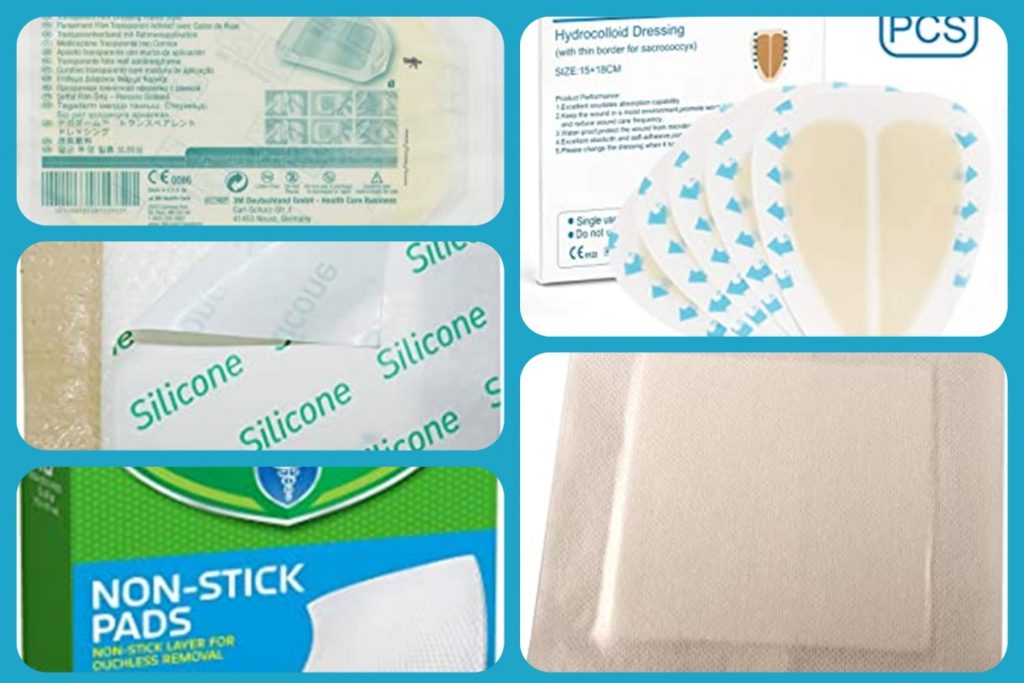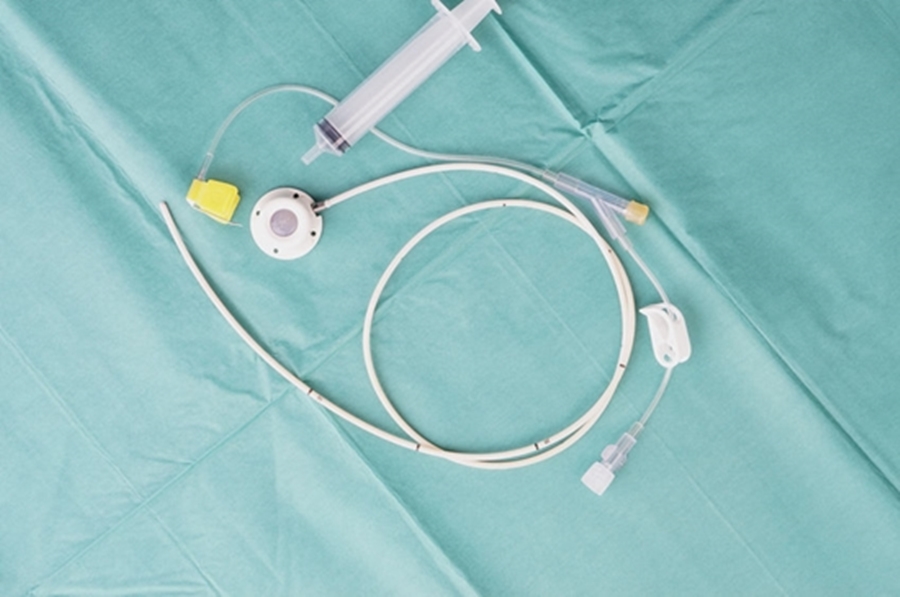Tube Feedings for Eating Disorders
(Focus on Pediatrics)
If you are the parent of a child struggling to eat and not gaining weight, your physician may have warned that the next step to prevent malnutrition is to insert a gastric tube for tube feedings. When tube feedings begin, a family caregiver learns to insert a gastric tube through the child’s nose into their stomach to deliver their nutrition. The type of gastric tube inserted depends on why the child is not eating.
Nasal tubes are non-surgical and temporary. The choice between nasogastric (NG), nasoduodenal (ND), and nasojejunal (NJ) tubes depends on whether the child can tolerate feeding into the stomach or not.
Types of Tube Feedings (video)
Produced by AHCforMe
- Gastric tube feedings involve the delivery of liquid nutrition directly to the stomach via an enteral tube.
- Nasogastric tube feeding (through the nose into the stomach) provides necessary nutrition to individuals who can’t eat due to difficulty swallowing, trauma, oral or esophageal obstruction, or injury. 2NG tubes enter the body through the nose and run down the esophagus into the stomach.
- Duodenal or jejunal enteral tube feeding delivers the liquid formula to the small intestine, specifically the duodenum or jejunum.
- Nasoduodenal or nasojejunal enteral tube feedings bypass the esophagus and stomach, reducing the risk of aspiration. 2ND tubes are like NG tubes, but they go through the stomach and end in the first portion of the small intestine (duodenum). NJ tubes extend even further to the second portion of the small intestine (jejunum). Bypassing the stomach can benefit those whose stomachs don’t empty well, who have chronic vomiting, or who inhale or aspirate stomach contents into the lungs.
- Jejunostomy tubes work well for the administration of long-term food or medications.
- Duodenal or jejunal feedings decrease the risk of aspiration because the formula bypasses the pylorus. However, jejunal feeding reduces pancreatic stimulation and may require specialized adjustments to the diet.
Tips for Little Hands and Nasal Tubes
Babies and small children will often try to pull their nasal tubes out. Try putting mittens or socks on your child’s hands at night to keep him/her from pulling the tube out. You can tape the nasal tube (or feeding bag tubing) down the back of the shirt during the day to keep it out of the child’s way. At night, you may want to tape it further down the pajamas. If the pajamas are two-piece, you can run tubing inside the pajama leg to keep children from tangling.
Resources
Lippincott Nursing Procedures (2019) 8th Ed. Philadelphia: Wolters Kluwer, 796.
Feeding Tube Awareness Foundation
Family Matters – Family Guide to Pediatric Feeding Disorder (PFD).
Tube Feeding Using the Bolus Method (search word tube feeding)



